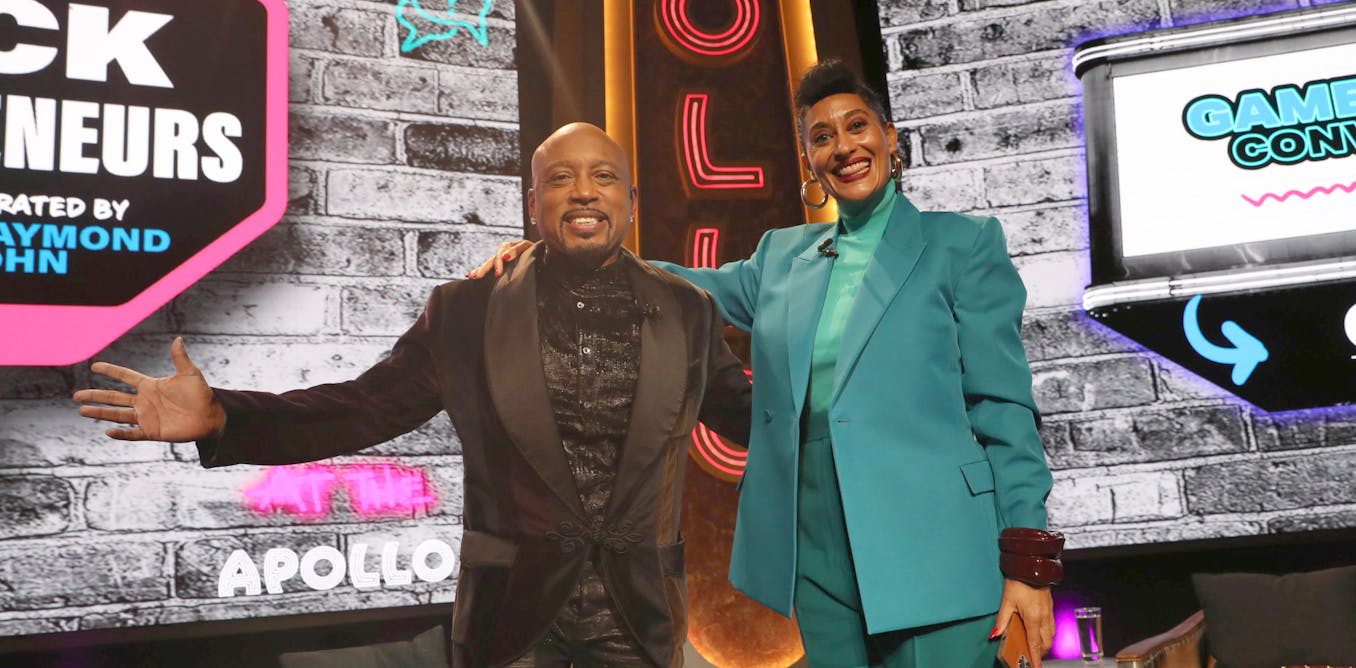Politics
Biden isn’t the first to struggle to pop the presidential bubble that divides him from the public
President Joe Biden’s at-times incoherent debate performance against Donald Trump in June has prompted growing pressure from donors, some Democratic politicians and voters for Biden to withdraw from the race.
But Biden, in an “ABC News” interview on July 5, 2024, questioned whether people are, in fact calling for him to step aside and brushed aside mounting concerns about his ability to defeat Trump in the election.
“I don’t think anybody’s more qualified to be president or win this race than me,” Biden told host George Stephanopoulos.
During Biden’s press conference following the NATO summit on July 11, he reiterated his commitment to stay in the race, and said – despite evidence of negative polls for him in key battleground states and among likely voters – that he had not seen an indication that he cannot win the election.
Biden’s denial of some political polls and a majority of Democratic voters’ concerns about his candidacy raise questions about whether he is unaware of the challenges he faces during the race or is disregarding what other people see and want.
Presidents have to rely upon advisers and staffers to help sift through the overwhelming amount of available information to provide relevant insights at the right times.
Sometimes, this close relationship results in a presidential bubble, meaning the insular relationship the president has with his staff, advisers and possibly family.
Biden is not the first president who has faced criticism of living in a bubble with an echo chamber of yes-people. Harry Truman once referred to the White House as the “great white jail.”

Living inside the bubble
The presidency of Ronald Reagan exemplifies how living in a presidential bubble comes with positive and negative effects. During Reagan’s first term, his closest advisers – James Baker, Michael Deaver and Edwin Meese – were referred to as “The Troika.” These three men often disagreed with one another but openly discussed policy and options with Reagan, forcing him to make decisions based on different perspectives.
In Reagan’s second term, these advisers left for various other jobs. Instead, Reagan began to rely upon his chief of staff, Don Regan, as his closest adviser. Regan was a very aggressive chief of staff who tightly controlled information given to the president. In the late 1980s, the Tower Commission – a presidential commission charged with investigating how the administration secretly sold arms to Iran without congressional approval – faulted Regan for what was known as the Iran-Contra Affair. The commission determined that Regan provided the president with poor advice, which led to the scandal.

During former President George H.W. Bush’s term in the late 1980s and early 1990s, he recognized that his chief of staff, John Sununu, also created a bubble around him. Sununu wanted to be Bush’s main source of information and made it impossible for people he did not approve of to meet with Bush.
Bush grew suspicious of Sununu’s activity and opened up a post office box in the early 1990s in Kennebunkport, Maine. Bush directed Cabinet officials, aides and other people to send him information there if they suspected Sununu was not passing it along. Bush’s suspicions were eventually confirmed, and he fired Sununu in December 1991.
Former President Donald Trump also intentionally crafted a presidential bubble of aides and allies to give him only positive feedback. It became well known that Trump watched the news commentary show “Fox & Friends.” The show’s coverage began to cater toward him in positive ways, in an attempt to catch his eye – and to persuade him to take different courses of action, such as participating in the Republican primary debate in 2023.
There are other examples of how the presidential bubble has played out.
Former President Barack Obama, for example, tried to avoid getting stuck in the bubble when he refused to give up his personal BlackBerry, which he considered an important lifeline of direct contact with friends. He was eventually allowed to keep it, with some security restrictions in place.

Sorting truth from fiction
Presidential bubbles inevitably happen. Presidents live and work in Washington but cannot freely walk the streets as another face in a crowd. They have to rely upon others to get a sense of the public tone.
Presidents rely on the news media for information and for their staffers to analyze and break it down into coherent feedback. But these staffers’ job security often becomes tied with keeping their boss happy, which can mean they give information a positive spin. Presidents have to be astute enough to discern the truth from a veneer of it.
When former President Bill Clinton was first in office, he appointed Mack McLarty, his buddy since kindergarten, as chief of staff, because he knew he would be brutally honest if necessary.
Others, like Reagan, were misled toward disaster, while George H.W. Bush was savvy enough to mitigate the isolation. Some, like Trump, revel in the bubble because it provides a distorted but perceived happy reality.
Presidents are privileged to more information than the public on certain issues, which may give them more insight than is publicly available.
But when they dismiss the average citizen’s views, they do so at their own peril. Voters in the U.S. have a huge variety of opinions and points of view. Assuming the White House or D.C. insiders reflect the entirety of the country’s attitudes contributes to frustrations that a president is not listening to the people.
Biden has been in public service since 1972. I think that his contributions to the country, in the Senate and executive branch, cannot be quickly or easily diminished.
But I believe that the president does need to consider whether he is still serving the public. Is the advice that presidents get from their friends, family and staff tinged with their own ambitions and desire for continuation? Does Biden serve the public better by stepping aside for another candidate or by becoming the official Democratic presidential nominee?
These decisions are never simple, but in this case they need to be weighed against his own capabilities, his staff’s thoughts and also the views of the general public. I think that Democratic and Democratic-leaning voters need to be part of the process and not just presumed to fall in line without having a voice.
-
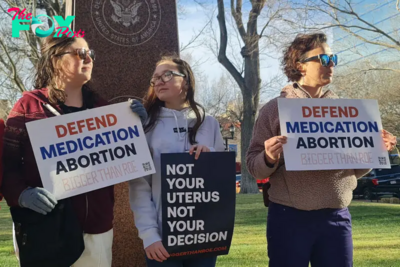
 Politics4h ago
Politics4h agoHow the Biden Administration Protected Abortion Pill Access—and What Trump Could Do Next
-

 Politics4h ago
Politics4h agoWhy Trump’s Tariffs Could Raise Grocery Prices
-
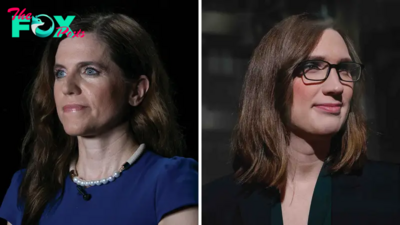
 Politics15h ago
Politics15h agoThe First Trans Member of Congress Expected Pushback Like Mace’s Bathroom Rule
-
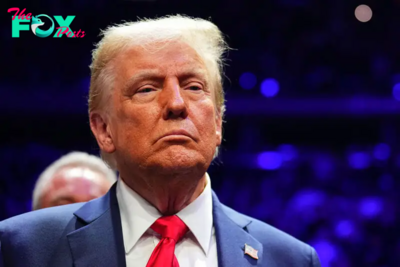
 Politics15h ago
Politics15h agoNew York Prosecutors Oppose Dismissing Trump’s Hush Money Conviction
-

 Politics21h ago
Politics21h agoWhite House Christmas Tree Is a Symbol of Resilience for Hurricane-Hit North Carolina Farms
-
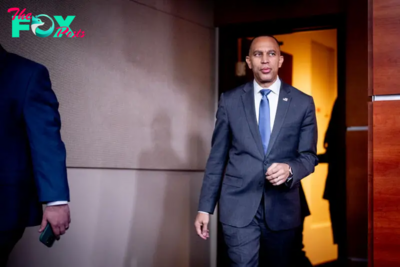
 Politics1d ago
Politics1d agoHakeem Jeffries Wins Reelection as House Democratic Leader Despite Party’s Losses
-
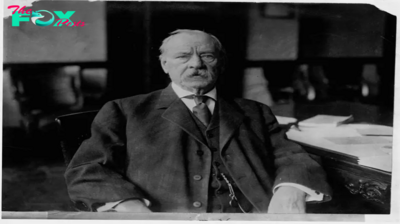
 Politics1d ago
Politics1d agoHow Grover Cleveland’s Grandson Feels About Donald Trump Becoming the Second U.S. President to Serve Nonconsecutive Terms
-
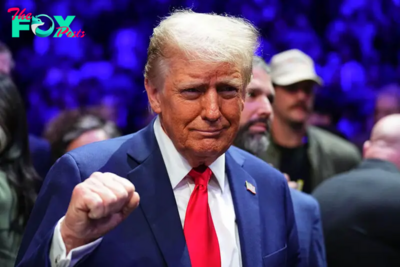
 Politics1d ago
Politics1d agoAs Trump Seeks Mass Deportations, Workplace Raids May Not Help Much



